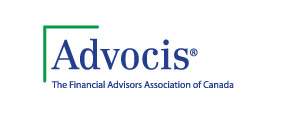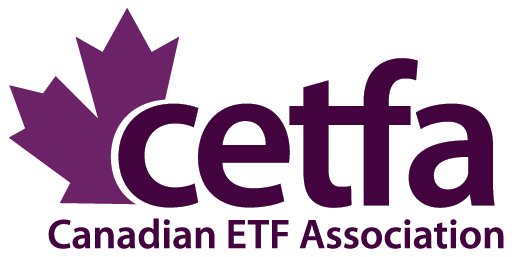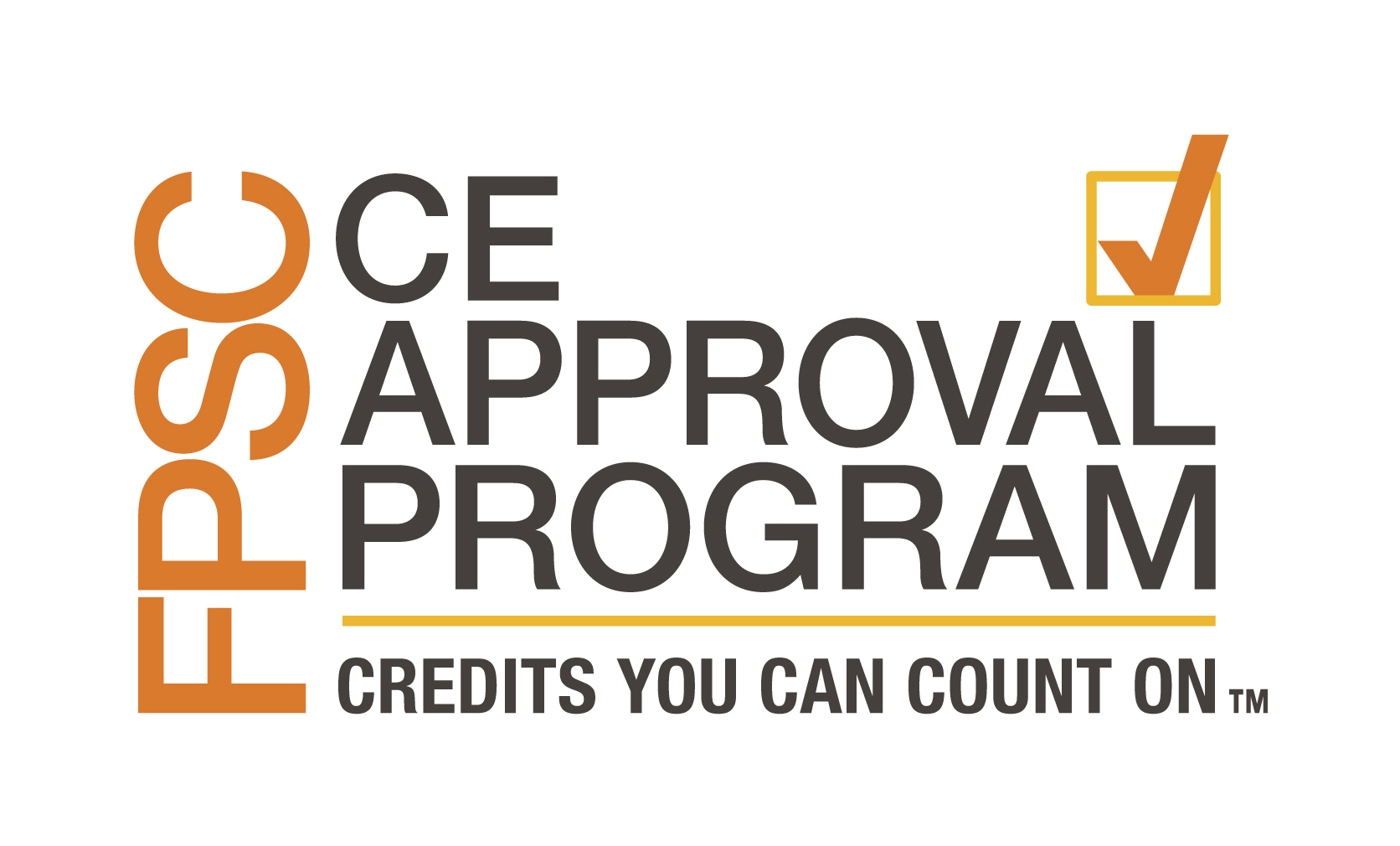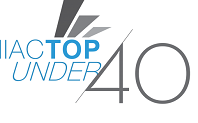Combating the Silent Killer in Financial Services
Combating the Silent Killer in Financial Services | July 11, 2011 | TabbFORUM
The silent killer isn’t what you think.
Most people think heart disease can put an end to dreams. That may be true but in our industry there’s another disease that can stop dreams, create chaos, disrupt progress and generally destabilize a smooth running operation.
What is it, you ask? Ignorance. But not ignorance the way most people think of it. Rather, the true definition: lack of knowledge, information or education.
Though we wish to educate everyone in our industry, the reality is that it’s a difficult and exhaustive task. Not because we can’t, but because financial firms have other pressing priorities.
Most firms in the financial industry are very busy doing what they’re supposed to be doing...managing their customers’ money. That’s their business focus, and rightly so. It’s been a tough few years and they’re supposed to be diligent and excel in their core business.
So how do we teach the professionals in the back office, IT and operations who cry out for more information? For more direction? For more knowledge? For an end to the disease?
A number of methods have been explored for teaching back office personnel. Let’s explore the options and review their positives and negatives.
The in-house approach
Very commendable but fails more often than succeeds.
Most times the people teaching these in-house ‘specialized’ classes typically have full time jobs, have neither the time nor the instructional expertise and methods needed to lead a class filled with people who are ‘prompted’ to attend. There may also be discomfort as the instructor may be a senior member of the firm, which might make the student more uncomfortable participating – they may not wish to display their ‘ignorance’ on a particular subject before a superior.
The result tends to be typical in this scenario: In profitable times, firms are focused on their core business – the financial/securities business and managing money for their clients.
Educating staff takes a lesser priority, naturally so.
In not-so-profitable times, the initiative is ‘axed,’ regarded as costly and non-essential.
The one-day seminar method
This is a whoopdydoodlydo method (among other terms).
Although senior specialists get some benefit from focused and detailed sessions on more challenging subjects (though more than one one-day module has proven the most beneficial).
The truth is that a five-hour seminar simply cannot provide the explanatory depth of any concept to a generalist who has to ultimately understand complex business processes or systems processes that today’s industry deals with.
We have a myriad of these short burst educative sessions everywhere and unfortunately they don’t overcome the ignorance disease. In fact, in educative circles they are also known as ‘premature ejaculation’ seminars. No further explanation required.
The ‘buddy system’ approach
Knowledge transfer is the goal here.Typically, a firm identifies ‘SME's’ (for non-project managers, that’s the acronym for subject matter experts) and appends them to ‘newbies’ (new to the industry or firm) or ‘firmies’ (people who have been with a firm for a number of years and may need to update their industry knowledge in a specific area).
Of course, having been an SME, and still considered one, I understand immediately why this is not fully successful.
The SME is working, going to meetings, trying to get their daily tasks completed. They’re doing what everyone does…they’re trying to get on with their jobs and earn a living. Now add to that the stress and requirement of having to teach.
-
Not everyone can teach.
-
Not everyone wants to teach.
-
Not everyone likes sharing.
-
The SME may not want to give away their hard earned knowledge. They may feel threatened by doing so. Petty but true nonetheless.
It’s not a truly successful approach to overcoming the silent killer.
This method is not to be confused with a Mentor Practice. Mentors agree and encourage a focused approach in directing a keen individual to gain an appreciation of the requirements necessary to reach a career objective that supersedes the one they are in currently. It is an admirable endeavor by rare and special individuals who give of their time and expertise and should be truly respected.
So we come back to our premise: how do we combat ignorance?
The Outsourcing Education method
How do we teach in-depth concepts? How do we instill a need for inspiring passion to understand the new world that is filled with so much complexity in product, technology, compliance, geography, regulation and understand the nuance of the emotional intelligence tied to making investment decisions and all the knowledge required surrounding this very fundamental act? And indeed the crux of this industry.
TrainingIndustry.com helps gather information and provides interchange on a global scale for all training professionals, their statistics look at worldwide corporate education strategies and trends. According to Industry measurements, overall outsourced training was up six percent in 2010 from 2009 levels.
Corporate executives are loosening purse strings and seeing positive revenue growth with almost every large training supplier. Why? Mostly due to the fact that executives don’t want to go back to the old way of managing continuing education.
The top 10 reasons why companies are choosing external expertise for education services:
10. Leveraging the cost of technology – it’s cheaper to outsource education services than designing and building it yourself.
9. Training is not core to the business and are therefore a distraction – but for companies that manage training, it is core to their businessand they do it very well.
8. Revenue Generation – training is a source of revenue and have intellectual property that is valued in the marketplace. Wondering if it’s a good idea? Ask Microsoft, Cisco and RedHat if it makes sense.
7. Mitigate Risk – training helps prevent failures. It helps protect us from the liabilities of our company being sued if we don’t take steps to provide the right education. So training reduces our risk. It’s almost like insurance and wonder… which is cheaper in today’s world?
6. Improve Scalability of Resources – Running an internal training organization requires people of various levels of skills and talent. Full-time internal staff is a fixed resource. But training is a variable activity. Using an external supplier allows you to flex the number of resources to deliver the training you need – when you need them. It allows your company to scale up and down based on the demand of training you need. Makes a lot of sense when your company is hiring a lot of people in a short period of time.
5. Leverage Channel Relationships – If your company is a software products company, it may be a good idea to source the marketing and delivery of your training to an established IT training company. Not only does sourcing this training througha channel partner make sense, it also may help drive new revenues.
4. Speed to market – Using a training outsourcing company may allow you to get your product into a lot of customers’ hands much faster without scaling up internal resources.
3. Geographic Reach – When General Motors began manufacturing cars for the Chinese market, it made a lot more sense for them to outsource training to a company who had resources in China and who understood the Chinese culture. And not a Chinese company, but a company with local resources.
2. Access to Talent – Again…no company has all the knowledge they need internally to be successful. Sometimes it’s necessary to hire an expert to teach internal employees. Yes, hiring an outside consultant to deliver a training course is considered outsourcing.
…and the No. 1 reason to outsource your education services…
1. Reduce Costs – In other words, save money. That’s the bottom line. It’s the most important point and culminates in all the others above. Managing continuing education equals managing costs for greater gain.
Outsourcing has been shown to work very well. Outsource your education requirements to firms whose core competency is education. Their business is solely and completely focused on overcoming ignorance.
Outsourcing to people who understand that pedagogical practice is not to be undermined, but admired.
Still, there are points to consider. Do these firms have or understand the focus of the industry? Do they have the best instructors who truly ‘know’ the industry?
By outsourcing your education needs, you demonstrate your respect for an ‘expertise practice’ and your bottom line. It is this best practice approach that allows the education provider to lend their expertise in a focused and concentrated method so everyone in the industry learns the value of today’s lesson in the classroom.
To eradicate ignorance, the instructor must understand what has to replace it and know the practice and methods to successfully get there.
The winning result for the educator and the industry?
By penalizing the folks who are keeping financial firms healthy and working on a day-to-day basis, we jeopardize our ability to remain viable in a demanding global marketplace. The disease spreads.
Laurie M. Clark, President and CEO, Smarten Up Institute “quality education for the financial professional”







Follow SUI